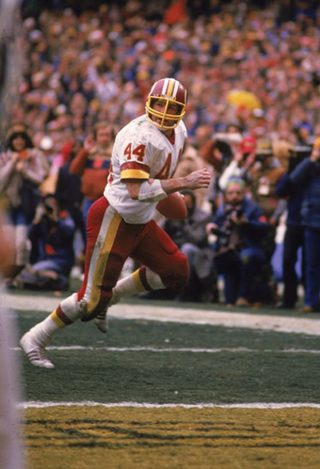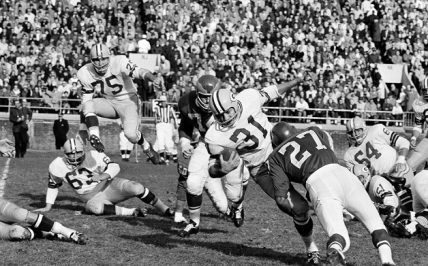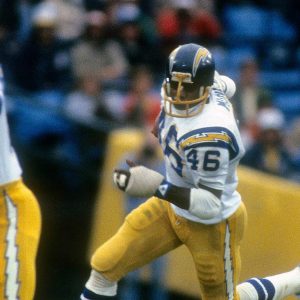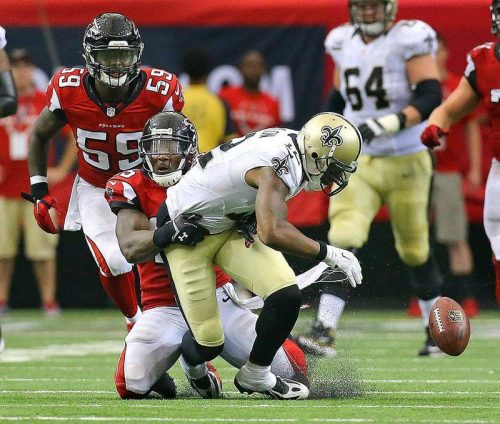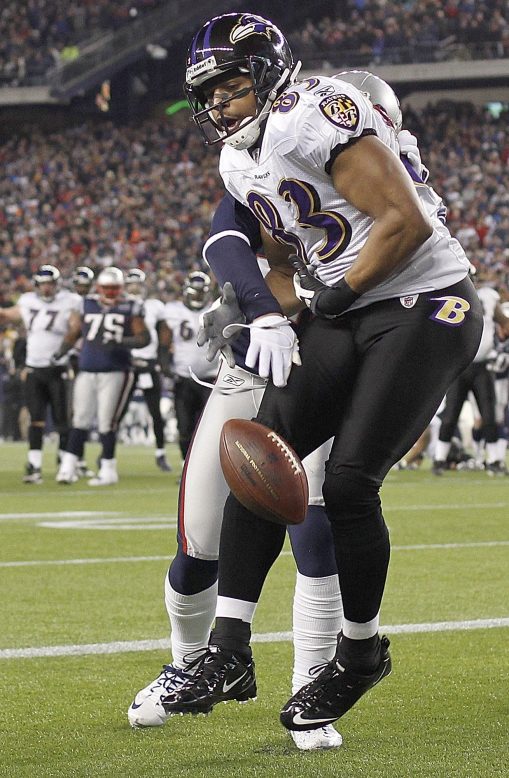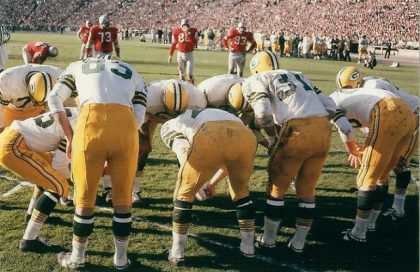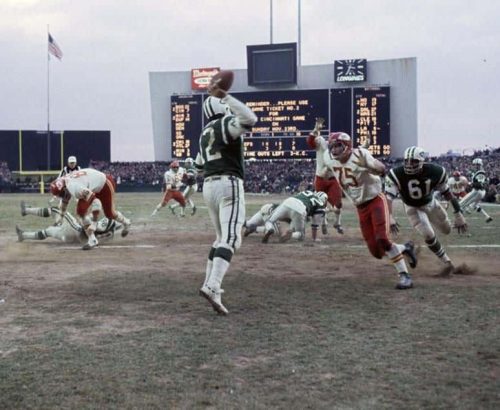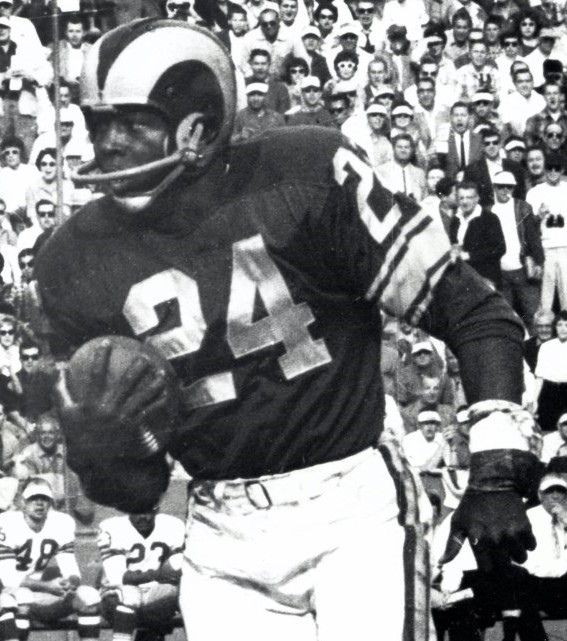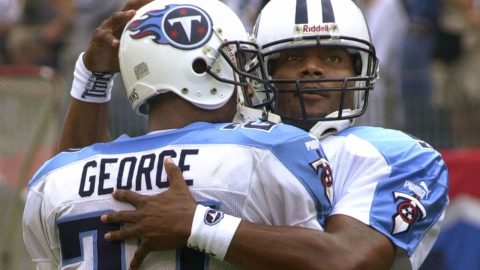The Cleveland Browns and New York Giants clash on this week’s NFL schedule, so for the Throwback Thursday feature we’ll explore a game played on October 29, 1967 between these 2 franchises, back when they were bitter rivals in the league. They had long been Eastern Conference opponents who battled each other for supremacy, but things were slightly different in the ’67 season. The NFL had merged with the American Football League the prior year, with the 2 leagues becoming one starting in 1970. With that being the case, along with the addition of Atlanta and New Orleans as expansion franchises, the league split their 16 teams into 4 divisions with names that all began with the letter “C” – Century, Capitol, Central and Coastal. The Browns and Giants, and also the Cardinals and Steelers, were assigned to the Century. The Cardinals were on the decline and the Steelers were perennial losers in the 1960s, so it was left to the Browns and Giants to renew their rivalry, now as Century Division opponents.
The Browns came into Yankee Stadium sporting a 4-2 record while the G-men were right behind them at 3-3. Cleveland, with most of their championship club intact from a few years earlier, came in as the favorites. Jim Brown had been retired for a full year, but the Browns replaced him with another future Hall of Famer in Leroy Kelly. The Giants were in the midst of a dismal period, but made a bold attempt to improve their standing in the off-season by trading for scrambling quarterback Fran Tarkenton. The Browns owned the opening quarter. With New York’s defense concentrating on stopping Kelly and the ground attack, Cleveland quarterback Frank Ryan went to the air, connecting with flanker Gary Collins for a 14 yard touchdown. Lou “The Toe” Groza, the Browns’ aging placekicker, added a short field goal to put his club up 10-0. Tarkenton and the Giants’ offense came to life in the second quarter. The mad scrambler ran 15 yards for his team’s first score, and Tucker Frederickson scored from 3 yards out to give New York a 14-10 lead. Kelly’s 8 yard touchdown run put Cleveland back on top, but Tarkenton was just getting warmed up.
He found his tight end, Aaron Thomas, open for a 32 yard touchdown and a 21-17 Giant halftime lead. Tarkenton never missed a beat as the second half unfolded. He threw a pair of touchdown passes, of 30 and 12 yards, to Joe Morrison and, now holding a 35-17 lead, it looked like a New York rout was on. The Browns were a proud club in those days, and they were far from finished. Groza cut into the lead with another field goal, then Ryan turned to his other receiving threat, Paul Warfield. The cerebral Cleveland signal caller hit the future Hall of Fame wideout on consecutive scoring throws of 33 and 32 yards, and suddenly the Giants’ lead was cut to a single point at 35-34. New York’s defense stiffened after that, and Pete Gogolak added a late field goal to secure a 38-34 win. The victory moved the Giants into a tie in the standings with Cleveland at 4-3, and celebrated contributions from Thomas, who snagged 5 Tarkenton aerials for 110 yards, and their ground game, with Tarkenton’s scrambles and hard running from Frederickson and Ernie Koy totaling 137 yards on the ground. Cleveland got a huge game from Warfield, who burned the Giants’ secondary for 126 yards on 5 receptions, but bemoaned the fact that 4 turnovers had likely cost them the game.
The Browns extracted revenge later in the year with a 24-14 win over New York on their way to the Century Division crown, while New York fell to 7-7 and a second place finish. Still, it was a major improvement from their 1-12-1 mark of the previous year, and the acquisition of Tarkenton was a major impetus for that.
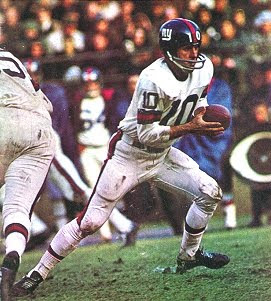
Tarkenton upgraded the Giants in 1967
